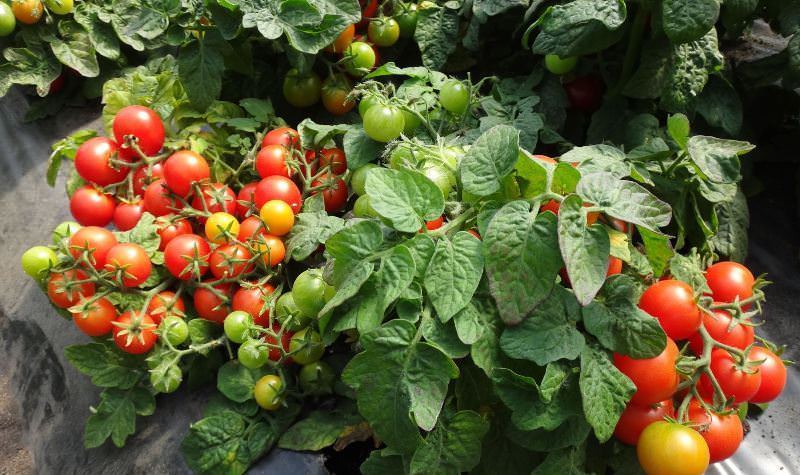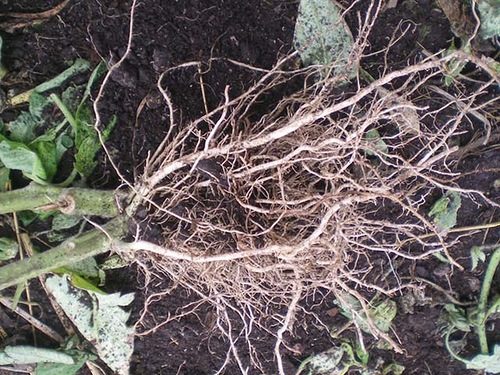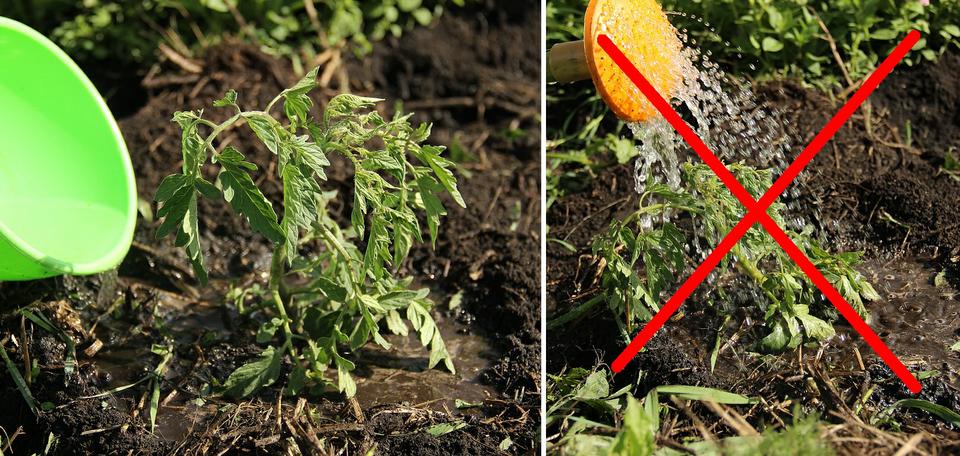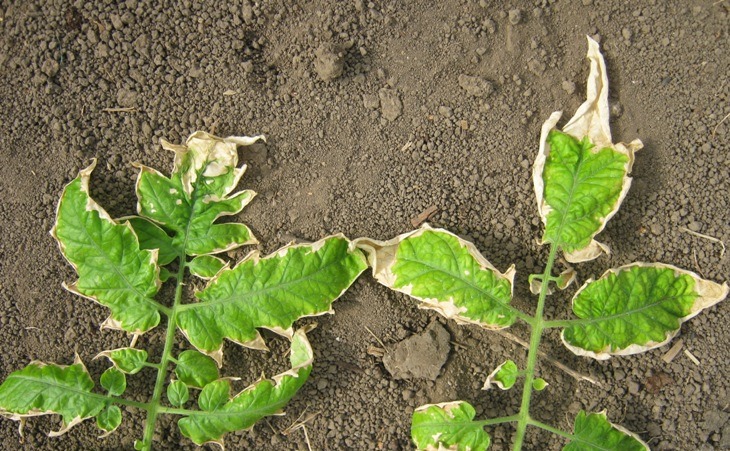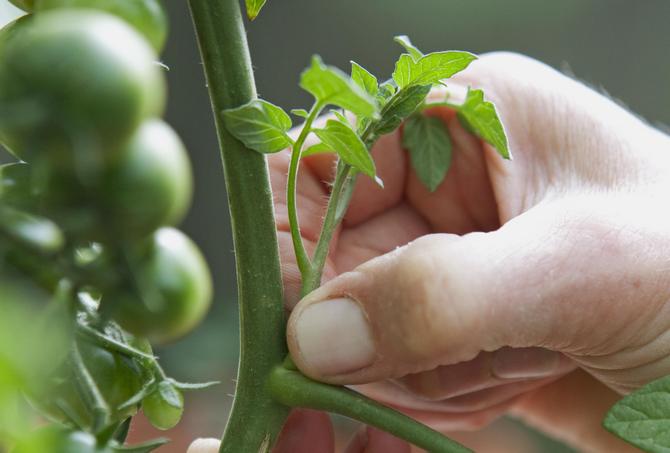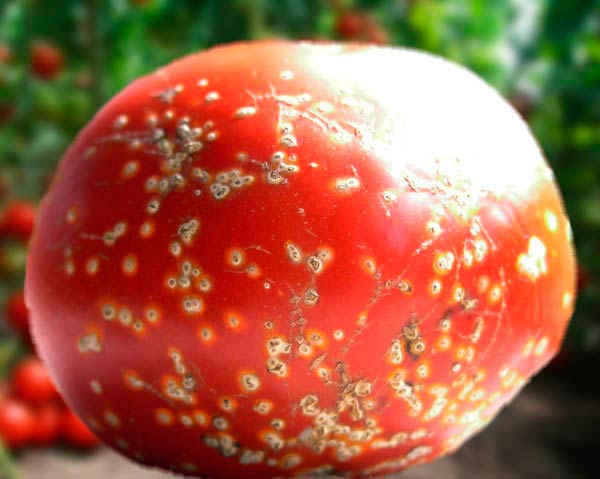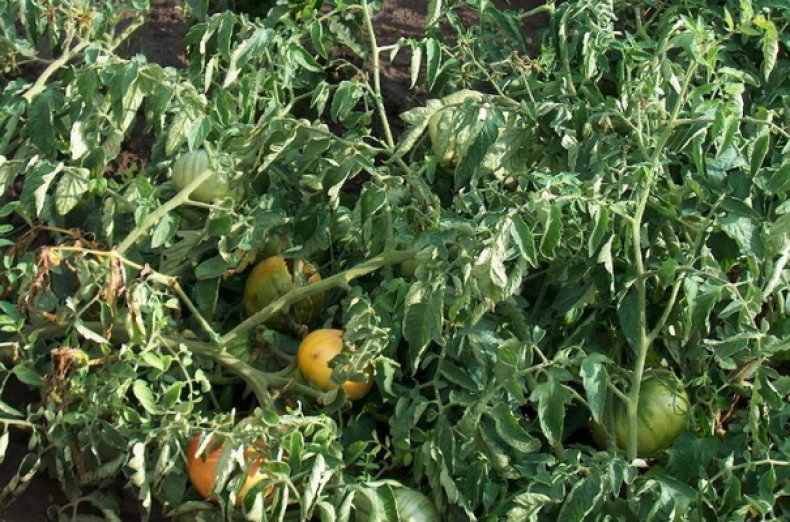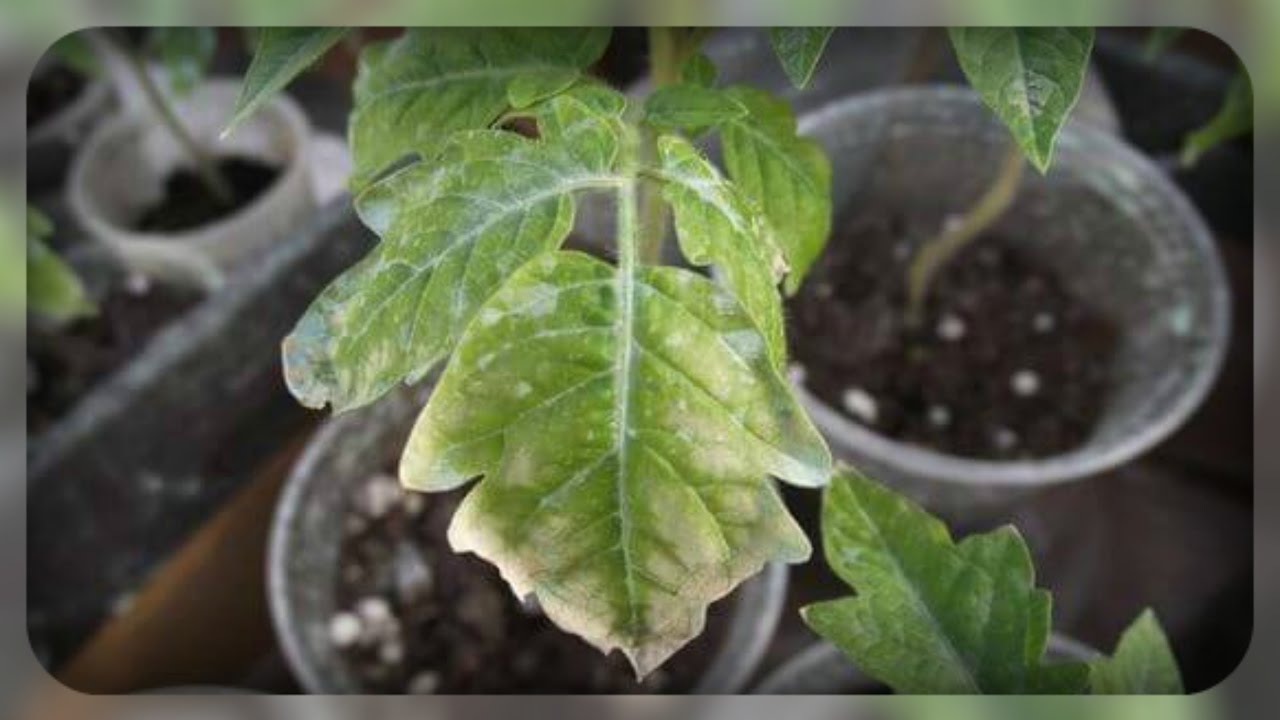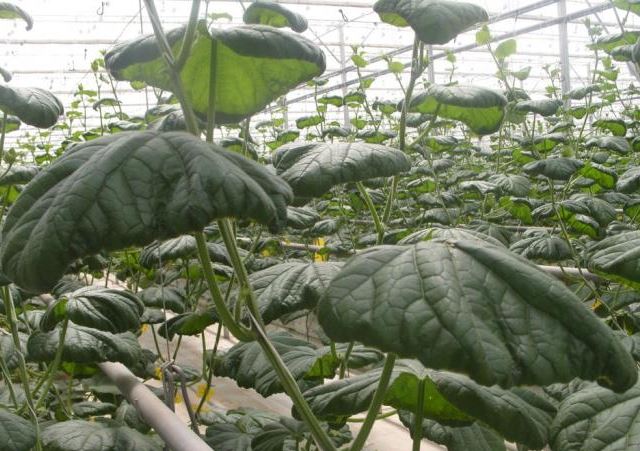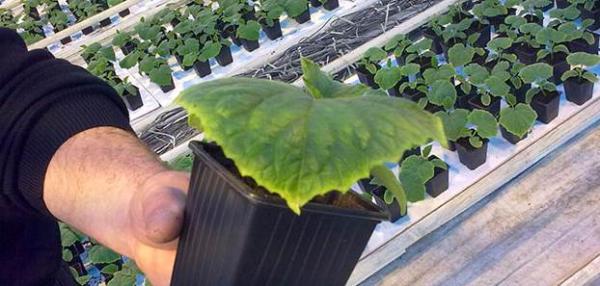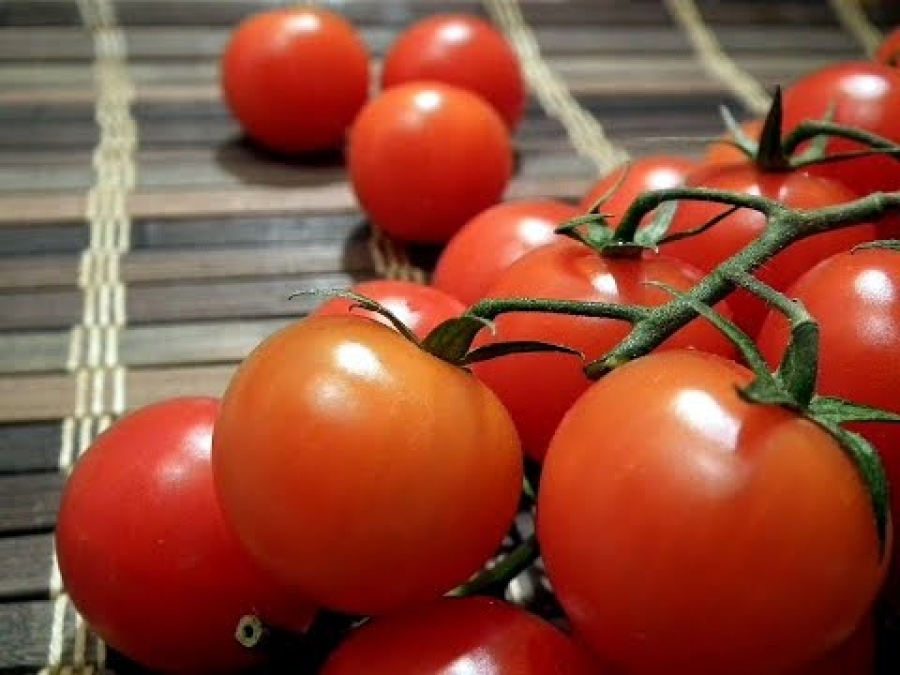Content:
Growing tomatoes on the site, the gardener may face a problem such as curling the leaves. And more often this happens in greenhouse conditions. In order for the harvest to be plentiful, you need to figure out why the leaves of the tomatoes in the greenhouse are twisting.
General information about culture
Tomato is an annual crop of the Solanaceae family. It grows on any soil and even without it. But to get a bountiful harvest, you still need a fertile land, flavored with phosphorus, potassium and nitrogen. The acidity should be neutral.
The predecessors of the culture should not be related plants: potatoes, eggplant, pepper. They can transmit diseases characteristic of the family, which will negatively affect the growth and fruiting of the tomato.
It is grown by sowing seeds for seedlings in a greenhouse. Work begins 1.5 - 2 months before the start of the season for planting vegetables in the ground.
The grown seedlings are planted to cotyledon leaves, covered with earth. Until the seedlings take root, you need to water every day. In the future, watering should be abundant, but not frequent, about 1 time in 7 days.
Harvested in the morning or evening. You can even take off the fruits slightly unripe: they ripen well in the box on their own, the bush does not need to spend energy on them.
Tomato contains a large amount of vitamins and minerals, trace elements. Even when salted, it does not lose its positive qualities. Tomato in the diet is indispensable for the prevention of cancer, cardiovascular diseases, and the genitourinary system.
Why leaves curl
Even a plant disease specialist will not immediately determine why tomato leaves curl in a greenhouse. There may be many reasons for this.
Root damage
Usually the root is injured when planting seedlings in the ground. Seedling roots are brittle and easily damaged. The gardener may not see the microtrauma, but the leaves of such bushes will be twisted for several days.
As a rule, in the process of growth, the injury heals, the leaves return to their original state. Also, biotrauma of the roots can occur when loosening the soil. The main roots are deep, but in the process of growth, small roots grow on the stem underground. Therefore, it is undesirable to loosen the soil deeper than 4 cm.
Improper watering
The second possible reason is a lack or excess of moisture. The branched root system of the bush needs abundant watering and, if there is not enough moisture, the root lacks nutrition. This is one of the most common reasons why a leaf can curl into a tube.
Watering the bush should be moderate. If the greenhouse in which the tomatoes grow is made of polycarbonate, it is necessary to moisten the soil 1 time in 3 days. About 1 bucket of water is consumed per bush.
Root wetting is done gradually: the water should nourish the soil without spreading to the sides. After watering, the beds must be loosened and mulched.
Excess moisture will also negatively affect the plant. With stable waterlogging, the roots do not receive the oxygen they need, informing about this with leaves rolled up. An imbalance of moisture will eventually lead to root decay, the development of a fungus, and the wilting of the bush.
Temperature violation
Despite the fact that tomato is a thermophilic crop, an increase in air temperature to 35 degrees and above will negatively affect the plant: it can "burn out". Folding leaves can also be a reaction to heat.
Whether the increased air temperature is the cause can be determined visually. In this case, by the evening, when the heat subsides, the leaf plate is fully straightened.
To lower the temperature and bring the plants back to normal, it is necessary to ventilate the greenhouse. Another method of relieving stress is irrigating the bush with a urea solution. For this, 1 tablespoon of the substance is dissolved in a bucket of water. It will also be a nitrogen supplement. The procedure is carried out in the evening.
Incorrect bush formation
When forming a bush, an agricultural technique is used - pinching. The essence of the method is to remove side shoots. They take away from the plant the nutrition necessary for the formation of fruits. The stepsons themselves do not form ovaries, and if they do, then the tomatoes are small.
Without stepchildren, fruiting shoots use fertilizers and other nutrients from the soil more efficiently. Without unnecessary branches between the bushes, air circulation is improved, thereby preventing diseases.
The mistake lies in the early removal of stepchildren. Green mass is a kind of nutrient conductor. If the plant has not yet taken root, and the side branches have already been removed, the path of food delivery from the root to the branches and vice versa is lost.
As a result of this failure, the leaves of tomatoes are folded. Foliar top dressing can help the bush.
If an answer has been found to the question: "Why are the leaves of tomatoes curling in the greenhouse?", The cause must be eliminated as soon as possible. As a rule, after this, the leaves are straightened without consequences for the plant. But if the cause is not eliminated, the bush may die.
Diseases of tomatoes
If the plant is properly cared for and it still looks unhealthy, it could be influenced by disease or pests.
Bacterial cancer
In greenhouse conditions, a common disease in tomatoes. Its symptoms:
- the stem cracks below, bumps appear on it;
- leaves curl upside down, wither and dry out;
- round light brown spots form on top of the fruits, blackening inside.
The diseased bush is destroyed. It is cut at the root, irrigated with copper oxychloride (40g per 1 bucket of water), left to dry. Then everything is burned along with the root outside the greenhouse. To prevent the disease from spreading to healthy plants, the remaining tomato bushes need to be prevented in the form of irrigation with a solution of copper oxychloride.
Tobacco mosaic
This is a viral disease. The mosaic appears when plants are too densely planted, with poor ventilation and high humidity. Her symptoms:
- leaves become speckled, then they deform and wrap;
- the growth of the bush slows down;
- the fruits turn brown and start to rot.
To treat the disease, it is necessary to prepare the following solution: dilute 100 g of micronutrient fertilizers in 1 liter of milk whey. Each leaf and stem of a plant is carefully processed with a spray gun.
Virus-infected soil must be removed up to 15 cm deep.The newly covered earth is treated with a weak solution of potassium manganese and dried. Then it is fertilized with nitrogen, spilled with a serum solution.
Fusarium
Fungal disease. The disease is directed from the lower leaves to the crown. This is one of the reasons why the tops of tomatoes curl up in the greenhouse. Disease manifestations:
- leaves turn light green, curl and fall off;
- the upper shoots wither;
- the trunk below is covered with a pink bloom.
Antifungal drugs are used to treat the disease. Proportions - according to the instructions. If diseased plants are not treated, the fungus spreads throughout the greenhouse.
Verticellosis wilt
The symptoms of the disease are about the same as with fusarium. The leaves curl upward, turn yellow. Then they fall off, but the plant can still live for a long time. Bushes are treated with various fungicides.
If diseases are left unchecked, they can also infect green spaces next season. In early spring, before the season begins, the inside of the greenhouse must be cleaned with disinfectants.
Insect exposure
Various insects like to feast on tomato leaves: whitefly, aphids, spider mites. Under their influence, plant leaves can also curl, turn yellow, and wither.
Insects are usually found on the underside of the leaf. They like to settle on young leaves located at the top of the plant. The spider mite envelops them with cobwebs, folding them into a tube. The black aphid draws juices from the bush, then injects a poisonous substance into it. This is another reason why the leaves of tomatoes in a greenhouse curl and turn yellow.
Chemicals are used as pest control. Environmentalists use decoctions of various herbs and flowers, for example, chamomile, calendula, tobacco.
Nutritional imbalance
No matter how nutritious the soil was initially, after a while it is depleted. In this regard, in order to obtain a bountiful harvest, the summer resident necessarily uses various dressings. A bad plant appearance can be the result of an incorrectly selected fertilizer dosage. This can be either a lack or an excess of nutrients.
- with an excess of nitrogen, the stems and lateral shoots increase in size, the leaves curl;
- with a lack of potassium, the leaves curl and turn brown, the veins change to yellow;
- the leaves will signal a gray-green color about the lack of phosphorus, the veins - red-violet;
- with a lack of copper, the upper leaves rotate inward, yellow spots appear on them.
If the plant is well cared for, it is not affected by diseases and pests, then the curling of the leaves can be a characteristic feature of the variety. Tall cultivars and cherry tomatoes have this quality. In this case, leaf curling may well be the norm.
